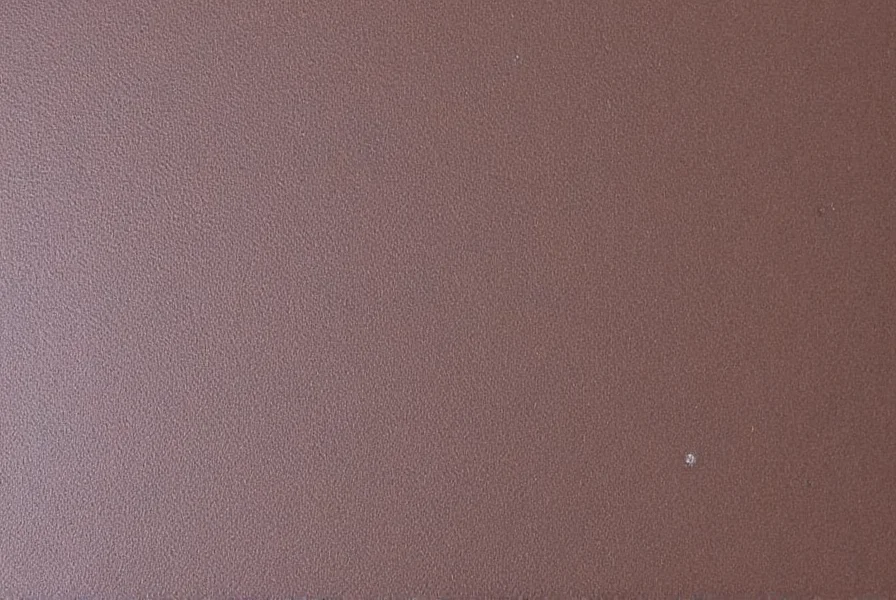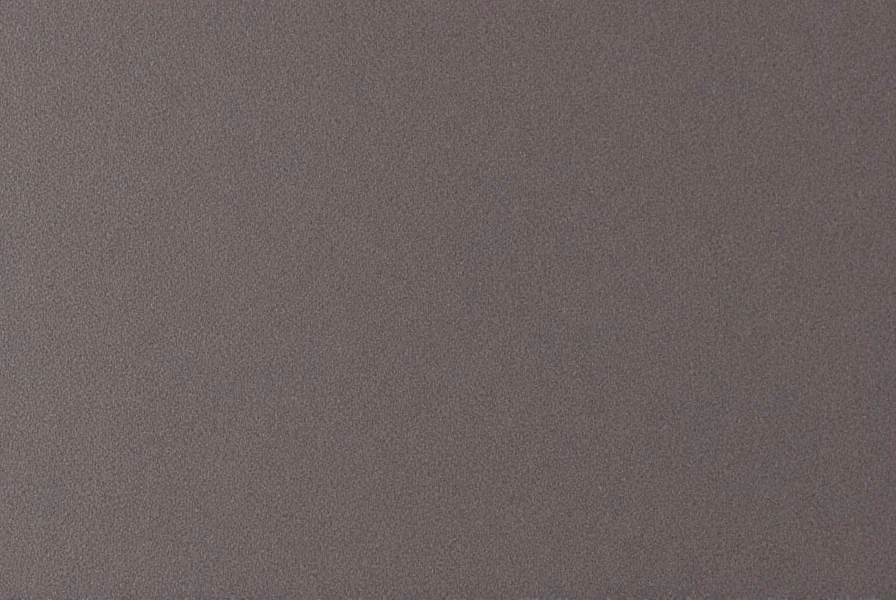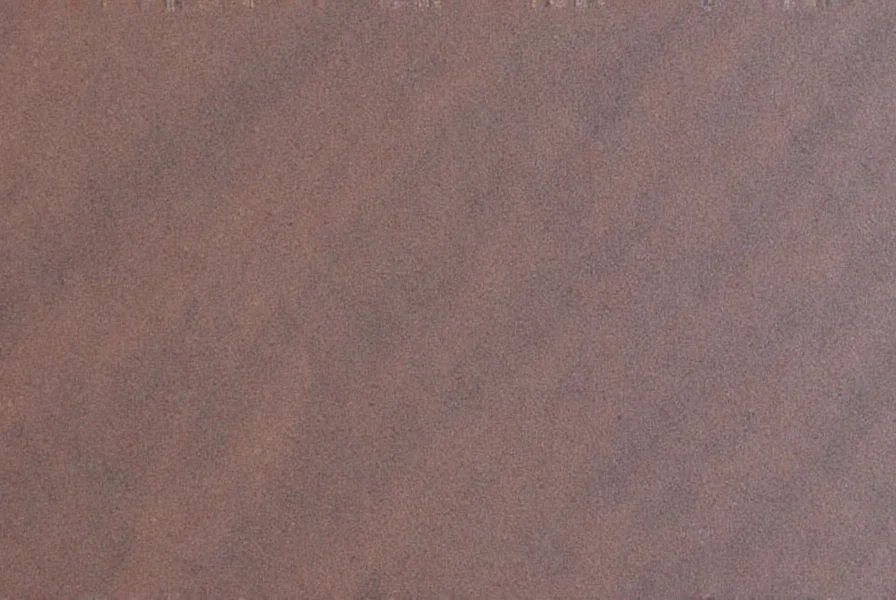When selecting natural stone for architectural projects, understanding the unique properties of cinnamon slate becomes essential. This premium building material offers exceptional durability while providing a distinctive visual element that sets it apart from more common gray or black slate varieties. The characteristic warm tones emerge from specific mineral compositions formed during the stone's geological transformation.
Geological Formation and Composition
Cinnamon slate develops through regional metamorphism of clay-rich sedimentary rocks. The distinctive coloration primarily comes from iron oxide compounds present during formation. Unlike painted or surface-treated stones, the cinnamon hue permeates the entire material, ensuring consistent appearance even when cut or chipped.
The mineral composition typically includes:
| Mineral Component | Percentage | Contribution to Properties |
|---|---|---|
| Quartz | 20-35% | Provides hardness and durability |
| Muscovite | 15-25% | Creates the characteristic cleavage |
| Hematite | 5-15% | Responsible for cinnamon coloration |
| Clay Minerals | 25-40% | Contributes to density and water resistance |
Physical Characteristics and Performance
Cinnamon slate demonstrates impressive physical properties that make it suitable for demanding applications. With a Mohs hardness rating of 3-4, it offers sufficient scratch resistance for most building applications while maintaining workability for cutting and shaping.
Key performance metrics include:
- Water absorption rate: 0.4-0.8% (significantly lower than many natural stones)
- Compressive strength: 10,000-20,000 psi
- Frost resistance: Excellent (suitable for freeze-thaw climates)
- Thickness consistency: Typically available in 3/16" to 3/4" thicknesses

Architectural Applications
Cinnamon slate works exceptionally well in both traditional and contemporary designs. Architects frequently specify this material for:
- Roofing: Its natural cleft surface provides excellent traction while the low water absorption prevents deterioration
- Flooring: Creates distinctive entryways, kitchens, and bathrooms with its non-slip surface
- Wall cladding: Adds visual interest to both interior feature walls and exterior facades
- Landscaping: Pathways, patios, and garden features benefit from its weather resistance
Unlike many colored building materials that fade over time, cinnamon slate maintains its rich coloration when properly installed. The stone's natural thermal properties also contribute to energy efficiency in buildings, absorbing heat during the day and releasing it slowly at night.
Comparing Cinnamon Slate to Other Natural Stones
When evaluating cinnamon slate versus alternative materials, several distinctive advantages emerge:
- vs Gray Slate: Offers warmer aesthetic while maintaining similar durability characteristics
- vs Granite: More affordable with comparable weather resistance but slightly less scratch resistance
- vs Ceramic Tiles: Provides authentic natural variation and superior thermal properties
- vs Synthetic Alternatives: Delivers genuine mineral composition without artificial coloring that may fade
For projects requiring cinnamon colored slate roofing, the material's natural fire resistance (Class A rating) provides significant safety advantages over many alternatives. The stone's ability to withstand temperature extremes from -40°F to 200°F makes it suitable for diverse climate conditions.
Maintenance Requirements
Proper maintenance ensures cinnamon slate retains its beauty for decades. Unlike some natural stones, it requires minimal upkeep:
- Clean with pH-neutral stone cleaners (avoid acidic solutions)
- Seal every 3-5 years for interior applications (less frequent for exterior)
- Address moss or algae growth with gentle brushing, not pressure washing
- Prevent standing water on horizontal surfaces to avoid potential staining

Sustainability Considerations
Cinnamon slate represents one of the most sustainable building materials available. As a natural product requiring minimal processing, it has a significantly lower carbon footprint than manufactured alternatives. The stone's exceptional longevity—often exceeding 75 years for roofing applications—reduces replacement frequency and waste.
When sourcing cinnamon slate, look for quarries implementing responsible extraction practices. Many reputable suppliers now offer certified sustainable harvesting methods that minimize environmental impact while supporting local economies.
Practical Selection Tips
When specifying cinnamon slate for your project, consider these practical factors:
- Examine multiple samples to understand natural color variations
- Verify the stone's water absorption rate for your specific climate
- Consider thickness based on application (thicker for high-traffic areas)
- Check for consistent cleft surface quality
- Confirm the supplier's warranty and return policies
For those researching where to use cinnamon slate effectively, remember that its warm tones complement both traditional and modern architectural styles. The material particularly enhances designs featuring natural wood elements or earth-toned color palettes.
Frequently Asked Questions
Is cinnamon slate more expensive than regular slate?
Cinnamon slate typically costs 15-25% more than standard gray slate due to its distinctive coloration and relative rarity. However, its longevity and minimal maintenance requirements often make it cost-effective over the long term, especially for high-visibility applications where aesthetic value matters.
Can cinnamon slate be used for kitchen countertops?
Yes, cinnamon slate works well for kitchen countertops when properly sealed. Its natural heat resistance protects against hot pans, and the material develops a beautiful patina over time. However, it requires more frequent sealing than granite and may show scratches more readily, making it better suited for those who appreciate the evolving character of natural stone.
How does cinnamon slate hold up in freeze-thaw climates?
Cinnamon slate performs exceptionally well in freeze-thaw climates due to its low water absorption rate (0.4-0.8%). Properly installed with adequate drainage, it withstands repeated freezing and thawing cycles without cracking or delaminating, making it ideal for northern climates where temperature fluctuations are extreme.
Does the color of cinnamon slate fade over time?
Unlike surface-treated stones, genuine cinnamon slate maintains its color throughout the material. While the surface may develop a subtle patina from weathering, the fundamental cinnamon hue remains stable for decades. Direct, prolonged UV exposure may slightly mellow the color, but this typically enhances rather than diminishes the stone's aesthetic appeal.
What's the difference between cinnamon slate and 'rustic' slate?
Cinnamon slate refers specifically to stone with consistent warm reddish-brown tones throughout the material, while 'rustic' slate typically describes gray slate with natural color variations including some reddish patches. True cinnamon slate maintains its characteristic color regardless of how it's cut, whereas rustic slate shows more random color distribution and may contain significant gray areas.











 浙公网安备
33010002000092号
浙公网安备
33010002000092号 浙B2-20120091-4
浙B2-20120091-4